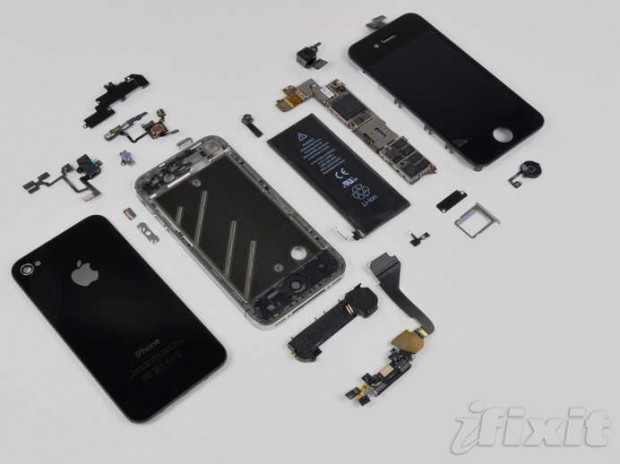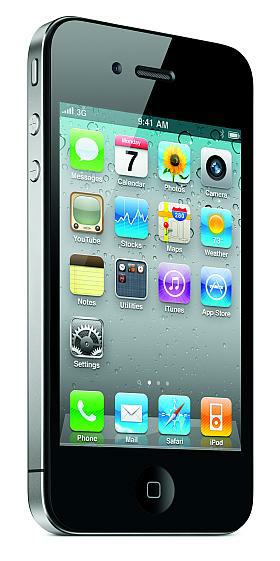Project 365 Week 41



For the past week I’ve been participating in Project 365 with Frédéric Wenzel (who was the first I saw to blog the idea) and Mike Morgan among others.
Unlike many who are doing it purely for the love of photography for me it seemed like an interesting way to force myself to either look for something interesting/odd/unique/interesting each day, or to go out and find something that would be worth while. Perhaps walk a slightly different route to work, or just notice what I always overlook in the rush of life.
Unlike many I’m also doing it mostly with my standard issue iPhone 4 vs. a fancy $1,000 camera and several hundred dollars worth of lenses. This adds a pretty interesting challenge (low light is tough) but also makes it a bit more easy to just reach in my pocket when opportunity arises.
Week one is done, week two is now under way. I can’t say for certain I’ll last 365 days (that’s a LOOOONG time), or even finish the month.
I will allow myself to hit the archives of photos I have for some days, though I’ll try not to do that too often. I’ve actually got some pretty interesting things just sitting around that I’ve yet to actually publish. They will just get sprinkled in.
As a bonus, I’ve been using this as an opportunity to learn a bit more about post-processing photos.
They are all published to Flickr and so far to this blog. I’ve yet to decide if I will blog them all or just select ones. If anyone has an opinion let me know.


iFixIt has their traditional teardown posted. After analyzing every picture, a few things are noteworthy:
The stainless steel antenna strikes me as more than just an antenna, but Apple will never admit it. The iPhones before all suffered from the same structural weakness. If dropped so that it lands on a corner or a side, the body flexed putting pressure on the glass and possibly digitizer if the impact was strong enough. This resulted in the shattered glass you sometimes see people walking around with. If the phones land on their backs or faces, they are often fine minus a tiny scratch or two. This is because the sides of earlier models were not very strong. The metal band you see on the earlier models isn’t enough to hold up to the force of a drop from 5 feet. It was a thin piece of stainless steel around what is otherwise plastic. Most of the metal in the previous phones are actually thin EMF shields, not anything structural.
I suspect this new frame also serves to strengthen the phone and prevent this type of damage.
The previous iPhones pretty much just had a large EMF shield like we see in most consumer appliances. The new iPhone has a bunch of tiny EMF shields. The advantage to this approach is that they can cram more things into small nooks and crannies. Apple is clearly desperate for every nanometer of space they can get.
Nothing inside circuitry wise is even remotely surprising. Samsung flash memory, Broadcom WiFi, Bluetooth (BCM4329), Cirrus Logic audio codec, TriQuint/Skyworks GSM/GPRS chipset, STMicro accelerometer. The new gyroscope is suspected to be STMicro, which isn’t shocking. There is a Broadcom GPS (BCM4750) chip, same as the iPad. Prior to the iPad, the iPhone 3G and 3GS used an Infineon Hammerhead GPS chip which was questionable in performance. Perhaps this will finally give the performance necessary for eventually making turn by turn directions a reality.
It’s becoming clear looking at the iPhone 4 that Apple made the right decision to make the battery non-removable. The hardware and extra material to make it removable would have really bulked up the phone. At this point the battery is by far the biggest single space consumer in the iPhone. Look how dense the circuitry for the phone is in comparison to the hulk sized battery. Apple crammed what a few years ago was a full PC into that sliver on the side of the phone. The rest is largely the battery with glass and LCD in front and various speakers, microphones, cameras and sensors mixed in the otherwise empty nooks.
Apple really needs to find a technology that can offer a higher power density ratio for the iPhone to get any lighter or longer battery life. Custom silicon will help them, but it’s only going to go so far and so fast. It’s becoming obvious that power is a major concern and limitation for Apple engineers. I suspect Apple spends a ton of R&D time and money trying to figure out how to deal with this limitation the best they can from the physical space requirements to power efficiency and software innovations.
Don’t be shocked if Apple either invests or just acquires a company who is doing something interesting in the battery space just like they picked up P.A Semi.
Apple hasn’t published their environmental report yet on the iPhone 4. I’m curious how the greenhouse gas emissions changed between the iPhone 3GS and iPhone 4. Several things have changed about its composition including the glass and steel frame that should make it interesting. The iPad’s slightly different (and larger) power adapter boasts an 80% efficiency rating. The iPhone 3GS is only in the 70% range. I’m curious if Apple quietly updated the adapter at all or not (I suspect not, but it’s possible).
Image courtesy iFixIt
There has been some ongoing debate the past few days about if Apple’s new Retina display is really better than the human eye can detect. Some have even gone as far as calling it false marketing.
Phil Plait, whose background includes calibrating a camera on board Hubble wrote a really great blog post that sides with Apple. I’ve been a fan of Phil’s blog for some time and remember when our websites were hosted by the same provider many years ago. It’s not too math heavy, and as always he does a great job explaining everything. Totally worth reading.
Essentially if you had absolutely perfect eyesight, which almost nobody has, you’d still see pixels, but again virtually nobody does. People will still make silly claims, but remember there are audiophiles who claim they can hear subtle differences that $10,000 worth of scientific equipment can’t detect. Despite humans having worse hearing than a dog, who can’t hear what the equipment can pick up not to mention them being older. So I’d take those claims with a grain of salt.

 Here are my general thoughts on the iPhone 4 since the announcement. Hopefully I’ll be able to check one out in the store soon enough.
Here are my general thoughts on the iPhone 4 since the announcement. Hopefully I’ll be able to check one out in the store soon enough.
iPhone 4 photo courtesy Apple Inc.